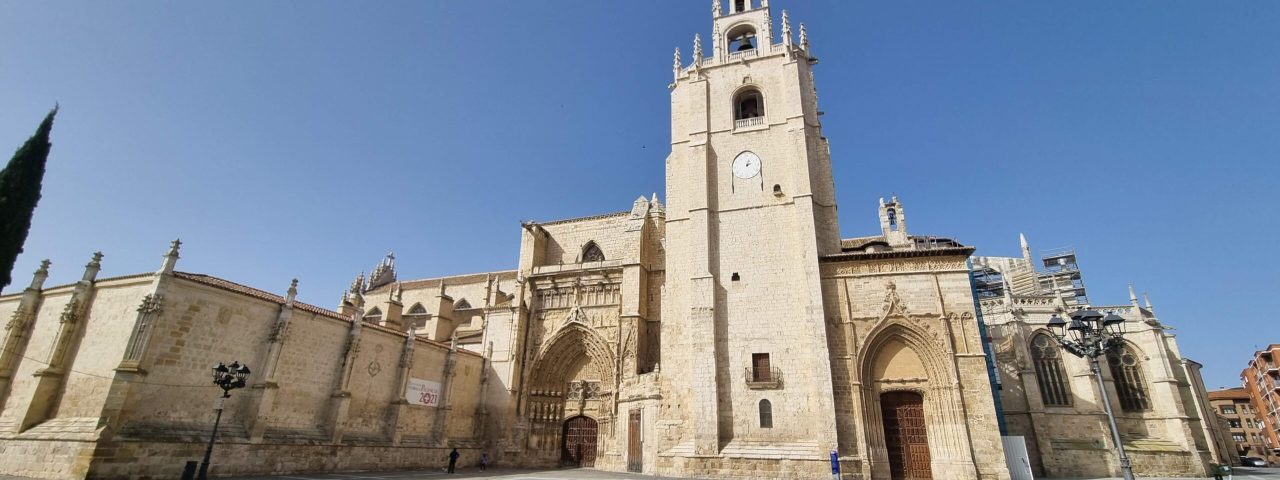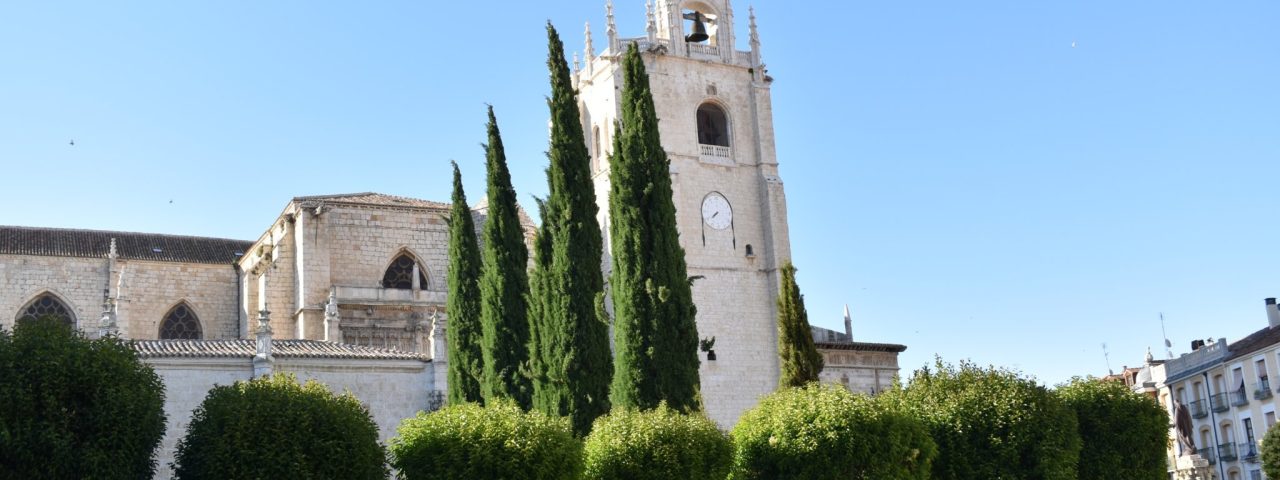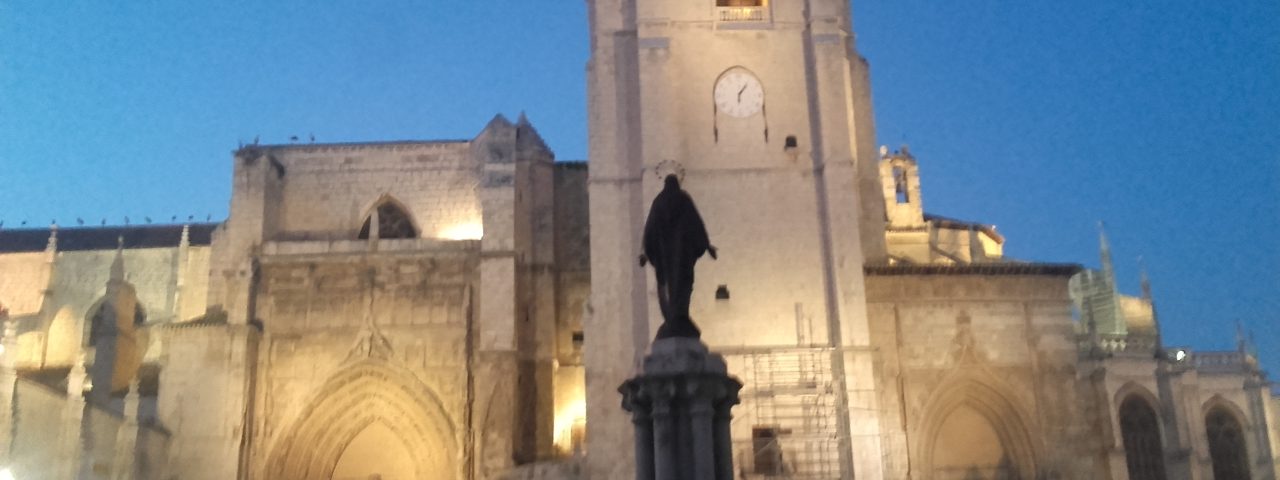Palencia’s history stretches back to pre-Roman times, with archaeological evidence showing settlement in the area as early as the Iron Age. During Roman times, the city became an important settlement due to its strategic position along key trade routes. Later, Palencia was influenced by the Visigoths and later the Moors, although it flourished particularly under Christian rule during the Middle Ages.
One of Palencia’s cultural highlights is its Romanesque architecture, which can be seen throughout the city in churches and buildings. The Cathedral of San Antolín is a must-visit, often referred to as “the unknown beauty” because it remains relatively undiscovered by the masses despite its stunning gothic and Romanesque design. The city also celebrates numerous festivals, such as the San Antolín Festival in September, which honors the city’s patron saint with a vibrant mix of religious ceremonies, concerts, and parades.
Cultural traditions in Palencia also include a deep connection to the arts, particularly sculpture and music, with numerous local exhibitions and performances taking place throughout the year. Traditional customs, including the observance of local saints’ days and the procession of Holy Week, remain vital components of Palencia’s identity.


